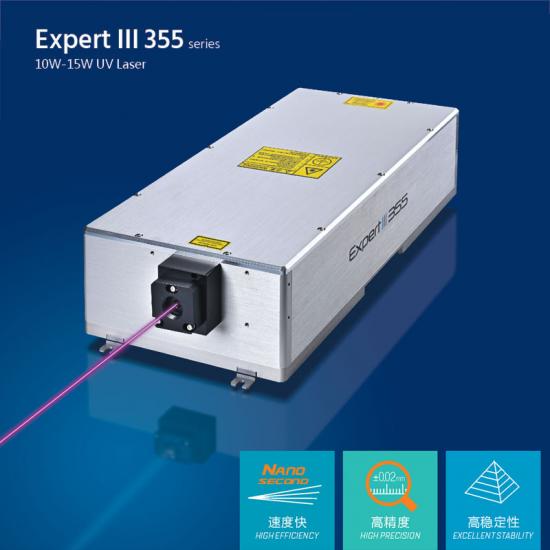Neuester Blog
Laserbearbeitung auf Glas
Apr 08 , 2022Laser processing on glass
Marking and Laser Engraving on Glass
Glass is a complex material to be processed due to its characteristics of fragility and poor heat transfer. Over the years these challenges have been faced and solved using specific laser technologies, suitable for this difficult task.
The processes carried out with lasers on glass range from exclusively aesthetic and decorative applications, such as the creation of ornamental motifs on glass and mirrors or 3D marking inside the material, up to functional uses ranging from marking linked to product traceability in the pharmaceutical and food world, or cutting, drilling, and engraving (patterning) in areas such as consumer electronics, LCDs, medical devices, telecommunications. A further widespread application is the removal of tracks on coatings deposited on glass that concern the automotive, solar, medical, civil construction and sensors world.
The sources typically used for glass are UV sources (wavelength 355nm, 266nm), green (532nm), CO2 (10600nm and 9300nm). In recent years, these have been joined by ultra-short pulse lasers (picosecond, femtosecond), to tackle the most demanding processes with respect to the miniaturization of the expected result.

uv laser | green laser | Ultraviolet lasers | uv dpss laser | nanosecond laser | UV laser source | Solid State Lasers
1) Glass decoration
These applications are widespread in the graphic arts and are based on the fact that
any glass surface reacts to the laser with an effect of “opacification” of the material that the engraver leaves on the surface. Usually the laser source par excellence used for these applications is CO2, which is a good compromise between its cost and the results that can be obtained. Even UV sources can be used to create finer and more precise details.
Laser processing is more than 80% faster than sandblasting and with much simpler and faster set-up times. Through the use of a 3-axis galvo laser head, it is also possible to vary the working focus of the laser within materials, thus being able to have a 3D effect inside a glass object.
Some examples of workable objects are: Perfume flasks, bottles, glasses, jugs, tableware, frames, mirrors, showcases, displays, gadgets, various decorations.
Traceability
Traceability in critical sectors such as pharmaceuticals or food is essential for controlling the production chain and after-sales.
The laser is commonly used for its characteristics of flexibility, speed and indelibility as a tool for marking codes, serial numbers and bar codes (QRcode, datamatrix or barcode), on bottles, vials or flasks.
Usually a CO2 laser source is used which is a good compromise between process speed and marking quality.
The laser marking system also eliminates the need to use consumable inks with the relative machine stops for related maintenance.
fiale3) Industial Processing
Drilling
Glass drilling is an open challenge, as the side effect of the bevel of the hole typical of laser drilling is more critical in this type of material. The working temperature can create cracks and micro-fractures on the leading edge of the beam which, in the long run, can cause structural problems.
In addition to this, there is the problem of peeling of the exit surface (chipping) which occurs when the beam manages to break through the material but brings with it part of the surface of the output edges.
Some methods to avoid these adverse phenomena are to work the hole at minimum energy (to reduce the thermal effect), to use additional surfaces under the material to give more structural rigidity at the outlet, or to design the piece with an abundance of thick material and then add a second lapping process to eliminate the effects of chipping.
Als Quellen werden hierfür CO2-, UV- oder Ultrakurzpulslaser (Pikosekunde und Femtosekunde) verwendet.
Einige Glasbohranwendungen finden sich: beim Bohren von Fläschchen und Flaschen im pharmazeutischen Bereich, bei der Herstellung von Mikrochipmasken für den Elektroniksektor und bei der Herstellung von medizinischen Geräten für das Management von Mikroflüssigkeiten.
Mikroforatur Vetro
Schneiden
Das Schneiden bringt auch viele der beim Glasbohren beschriebenen Nebenwirkungen mit sich.
Um lineare oder kreisförmige Schnitte durchzuführen, werden häufig CO2-Quellen mit Strahlformern und mit Systemen zur Kontrolle der thermischen Effekte auf der Oberfläche verwendet. Beispielsweise werden Düsen mit Mikro-Flüssigkeitsstrahlen verwendet, um die Oberfläche nach dem Durchgang des Lasers zu kühlen und somit die Wirkung nachfolgender Mikrorisse zu verringern und den Riss einzudämmen und homogen zu machen.
Laserschneidanwendungen auf Glas sind vielfältig, von wissenschaftlichem Glas bis zum Schneiden und Formen der Enden von Lichtwellenleitern, von Anwendungen in der Elektronik und Sensorik bis hin zu medizinischen Geräten.
Das Lasergravieren von Glas ist ein weit verbreitetes Verfahren und eine Alternative zu chemischen Ätzverfahren, die in Bezug auf die Verwaltung teurer und in Bezug auf die Ergebnisse weniger genau sind. Der Vorgang wird häufig im dekorativen Bereich oder in der Substratbearbeitung eingesetzt